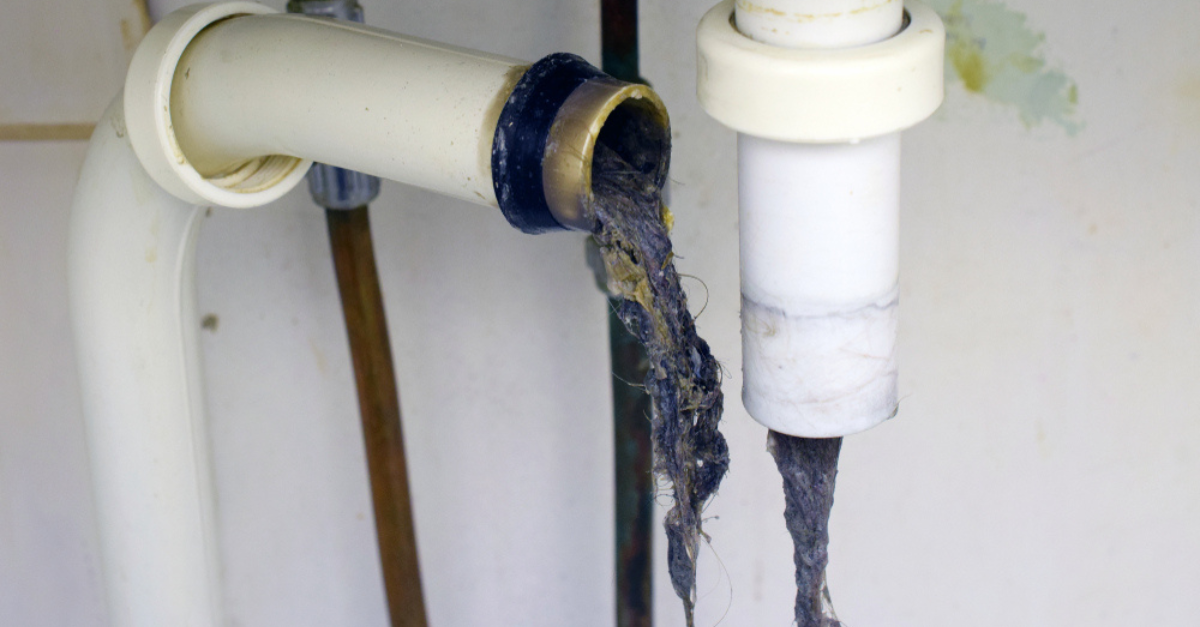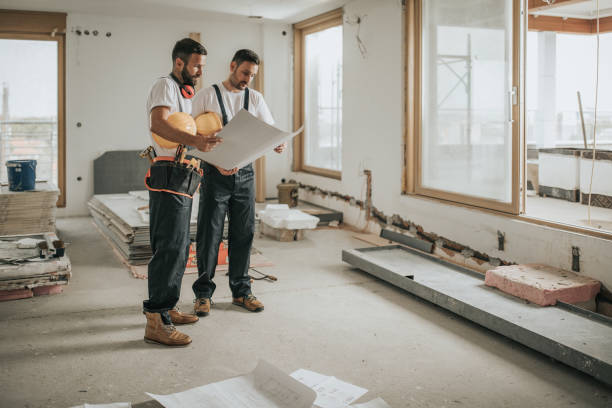Drain and Pipe Cleaning in the US: Common Methods and Maintenance Insights
Drain and pipe cleaning is an important part of home and building maintenance. This article explains how clogs form, reviews common cleaning methods, and highlights what homeowners and businesses should know to keep drainage systems efficient and functioning properly.

Common Drain Cleaning Methods Used by Professionals
Professional drain cleaning services in the US employ various techniques depending on the severity and location of the clog. Hydro jetting uses high-pressure water streams to blast away buildup and is particularly effective for grease and mineral deposits in main sewer lines. Mechanical augers or “snakes” feature rotating cables that physically break up obstructions and are the standard tool for most residential clogs. For stubborn blockages, professionals might use motorized drain machines with specialized cutting heads. Camera inspection equipment allows technicians to identify the exact location and nature of blockages before determining the appropriate cleaning method, improving efficiency and reducing unnecessary pipe damage.
Pipe Cleaning Services US: What to Expect
When hiring pipe cleaning services in the United States, customers can expect a systematic approach to diagnosing and resolving drainage issues. Most reputable companies begin with a thorough inspection using specialized cameras to identify the blockage’s exact nature and location. Service technicians typically provide an assessment of the problem and a quote before proceeding with cleanup. Standard service packages often include drain clearing for single fixtures, while comprehensive services may address entire plumbing systems including main sewer lines. Many US service providers now offer preventative maintenance plans featuring regular inspections and cleaning to prevent severe blockages from developing. Response times vary by region and provider, with emergency services generally available in metropolitan areas within 1-4 hours.
Common Causes of Clogged Drains in Residential Properties
Hair accumulation represents one of the most frequent culprits behind bathroom drain clogs, particularly in shower and bathtub drains. In kitchen settings, food waste and cooking grease regularly contribute to stubborn blockages when they cool and solidify within pipes. Soap scum combines with minerals in water to form stubborn deposits that gradually reduce water flow. Foreign objects, especially those flushed down toilets or washed down sinks, create immediate and sometimes serious obstructions. Tree root infiltration affects outdoor drainage systems and sewer lines, particularly in older homes with clay or concrete pipes. Hard water mineral buildup gradually narrows pipe diameters over time, reducing flow capacity and creating attachment points for other debris.
Maintaining Drainage Systems: Preventative Approaches
Regular maintenance significantly extends the functional life of residential and commercial plumbing systems. Installing drain screens or guards over shower, tub, and sink drains prevents hair and large debris from entering pipes. Monthly treatments with enzyme-based drain cleaners help break down organic matter before it accumulates into problematic clogs. Avoiding disposing of grease, coffee grounds, and fibrous foods down kitchen drains prevents many common kitchen blockages. Regular flushing of drains with hot water helps dissolve developing soap and grease residue before it hardens. For properties with tree root concerns, annual professional inspections can identify intrusions before they cause major blockages or pipe damage.
DIY vs. Professional Drain Cleaning: When to Call Experts
While minor clogs can often be addressed with household plungers or hand augers, recurring blockages typically indicate deeper issues requiring professional attention. Chemical drain cleaners, though widely available, can damage certain pipe materials and create hazardous conditions when mixed improperly. DIY approaches are generally appropriate for single-fixture clogs with clear causes, such as visible hair in a bathroom drain. Professional intervention becomes necessary when multiple fixtures experience simultaneous drainage issues, suggesting main line problems. Unusual sounds or odors from drains, water backing up into fixtures, or repeated blockages in the same location despite cleaning attempts all warrant professional evaluation. Most experts recommend professional cleaning for main sewer lines every 18-24 months as preventative maintenance.
Cost Analysis of Drain and Pipe Cleaning Services
The cost of drain and pipe cleaning services varies based on the problem’s complexity, geographic location, and selected service provider. Simple drain clearing services are generally more affordable than comprehensive sewer line cleaning.
| Service Type | Average Cost Range | Factors Affecting Cost |
|---|---|---|
| Basic Drain Clearing (Single Fixture) | $85-$250 | Location, time of service, accessibility |
| Hydro Jetting | $300-$600 | Pipe size, length, severity of blockage |
| Main Sewer Line Cleaning | $250-$800 | Length, access point location, blockage severity |
| Video Pipe Inspection | $100-$400 | Pipe length, complexity of system |
| Annual Maintenance Programs | $150-$400 per year | Property size, number of fixtures, service frequency |
Prices, rates, or cost estimates mentioned in this article are based on the latest available information but may change over time. Independent research is advised before making financial decisions.
Regional Differences in Plumbing Systems and Cleaning Approaches
Plumbing systems and maintenance requirements vary significantly across US regions due to climate variations, construction practices, and local regulations. In northern states where freezing temperatures are common, pipe insulation and proper winterization are essential preventative measures. Southern regions often face challenges with rapid tree growth affecting underground sewer lines. Urban areas typically have more standardized plumbing infrastructures with better access to emergency services, while rural properties may have septic systems requiring specialized maintenance approaches. Local water quality significantly impacts maintenance needs, with hard water regions requiring more frequent descaling treatments. Regional building codes also influence plumbing designs and approved cleaning methods, creating variations in standard practices across state lines.
Maintaining functional drain and pipe systems requires a combination of regular preventative measures and appropriate professional intervention when necessary. By understanding common causes of clogs and implementing proper maintenance routines, property owners can significantly reduce plumbing emergencies and extend the operational life of their plumbing systems.




